Hampton Park and the Origins of Memorial Day
Introduction
Text-to-speech Audio
Images
This image from the Library of Congress shows the graves of the Union soldiers after former slaves and free Black men moved the bodies from a mass grave. Two decades later, the remains were reburied at Beaufort National Cemetery.
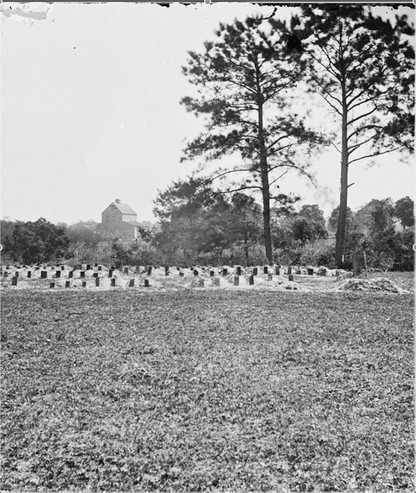
This map shows the outline of the old race track. Robert Knox Sneden, Charleston S.C., A.D. 1864. Library of Congress, American Memory. http://memory.loc.gov/ammem
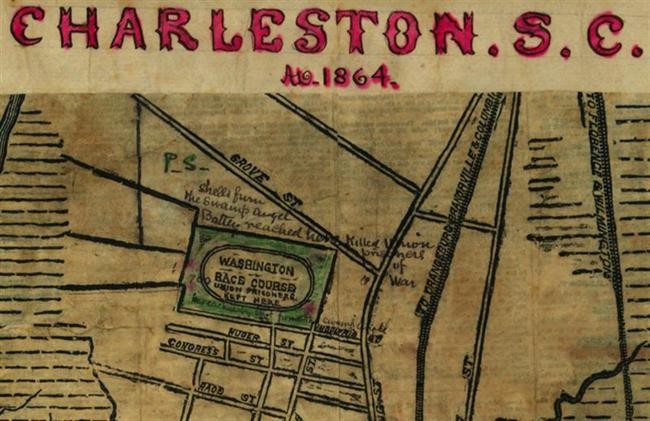
Washington Race Course existed from 1792 to 1882. Today, the area is known as Hampton Park-named in honor of Confederate General Wade Hampton.
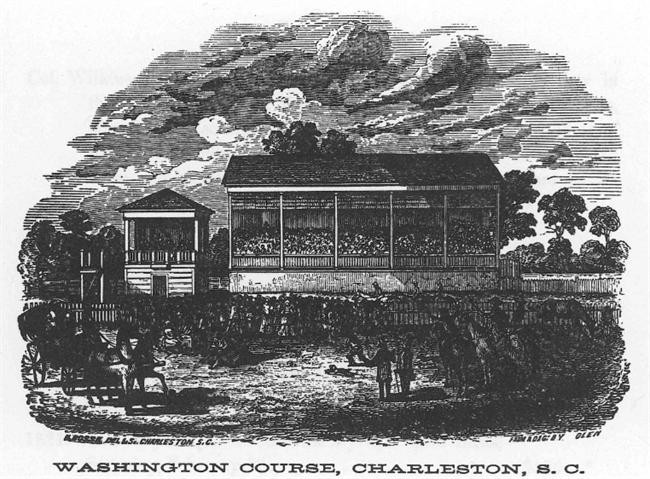
In 1836, the track added this clubhouse for the comfort and separation of of Southern women from the often raucous events on the track.
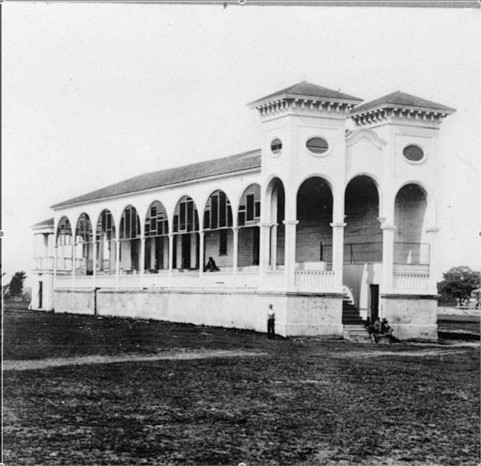
To learn more about the history and memory of the Civil War, please consider Race and Reunion by David Blight. A link to the book is provided below.
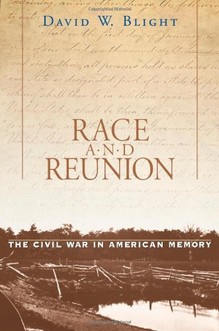
Backstory and Context
Text-to-speech Audio
Blight is the first to recognize that the ceremony in Charleston did not inspire white Northerners to hold annual events, even if generations of Southern African Americans kept the tradition alive. For white Northerners, Decoration Day officially began in 1868, when the leader of the Grand Army of the Republic (GAR), issued a formal proclamation.
The GAR was a large organization composed of Union veterans. The declaration of its commander, former General John A. Logan, marks the official start of the holiday. Logan declared that May 30th would henceforth be known as Decoration Day, commemorated by ceremonies and the decoration of graves. In May of 1869, over three hundred communities held official Decoration Day ceremonies. By the mid-1870s, the idea had spread to white Southerners who held ceremonies in honor of fallen Confederates.
If the ceremony in Charleston was not be the first of its kind, and if it did not directly inspire the GAR and other Northern whites to hold annual ceremonies, what is its unique and compelling significance? Perhaps the fascination with "firsts" does a disservice to those seeking to understand historical causation. Each of the early ceremonies might best be understood as part of a larger movement that led to the creation of a specific day to honor the dead--a movement so large and so central to the identity of American communities that its origins must have been as diverse as the nation itself.
Even if the former slaves in the former Confederate capitol were but one of many communities that came together to honor those who died in defense of the Union or the Confederacy, their ceremony was certainly the largest of its kind. Perhaps more compelling, each of the ceremonies between the start of the war and 1868 were dedicated to honoring those who served from local communities. In their first moments of freedom, former slaves in Charleston paused to to honor men they had never known, Recognizing the connection between reunion and the end of slavery, they honored these soldiers before testing their own status as free women and men.
To learn more about the prisoner of war camp, the actions of former slaves, the creation of Memorial Day, and the larger conflict of the Civil War and its memory, please explore the books and media that appear below.
